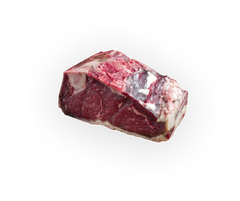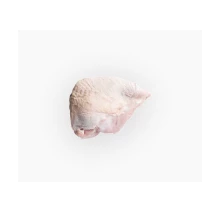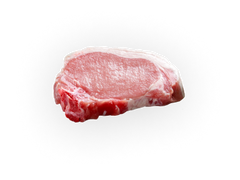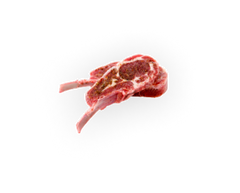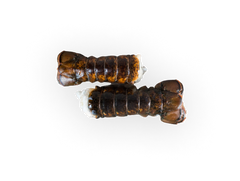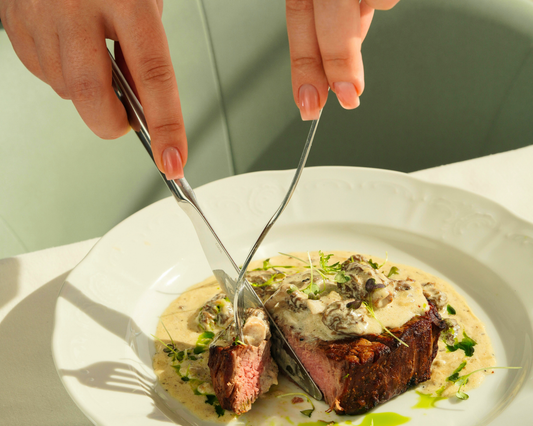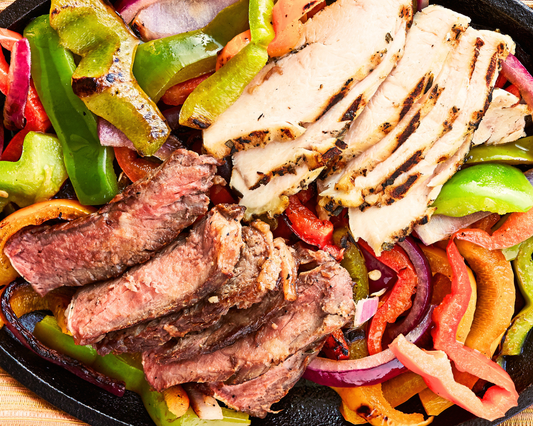Properly defrosting meat and seafood is crucial to ensure food safety and maintain its quality. Whether you're thawing beef, chicken, or fish, following safe practices is essential. In this article, we will provide you with a comprehensive guide on how to defrost these proteins safely, minimizing the risk of food borne illnesses and preserving their flavour and texture.
-
The Refrigerator Method: One of the safest ways to defrost meat and seafood is by using the refrigerator. Simply transfer the frozen beef, chicken, or fish to a plate or container and place it on the bottom shelf of the refrigerator. Allow enough time for gradual thawing, as it can take several hours or overnight, depending on the size and thickness of the protein. This method ensures a controlled and safe environment, reducing the growth of bacteria and preserving the quality of the food.
-
Cold Water Thawing: If you need to defrost meat or seafood more quickly, the cold water method is an effective option. Place the frozen protein in a leak-proof plastic bag and submerge it in a basin or sink filled with cold water. Change the water every 30 minutes to maintain a safe temperature. Be sure to tightly seal the bag to prevent water from seeping in. This method allows for faster thawing but requires constant monitoring to ensure the water remains cold enough, promoting food safety.
-
Microwave Thawing: Using a microwave for defrosting is a convenient option, but it requires caution to ensure even and safe thawing. Check the manufacturer's instructions for defrosting guidelines specific to your appliance. Use the defrost setting or low power mode, and follow the recommended time per pound of meat or seafood. Pause and rearrange the protein periodically to ensure even thawing. Be cautious, as microwaving too long or on high power can partially cook the edges, leading to uneven texture and compromising food safety.
-
Cook from Frozen: In certain situations, you can cook meat or seafood directly from frozen. This method is particularly suitable for thin cuts, such as steaks or fillets. Preheat your oven, grill, or stovetop to the desired temperature and adjust the cooking time accordingly. Note that cooking from frozen may take longer than normal, as the protein needs to thaw and cook simultaneously. Use a meat thermometer to ensure the internal temperature reaches the recommended level for safe consumption.
Defrosting beef, chicken, and fish safely is crucial to prevent food borne illnesses and maintain the quality of the proteins. Whether you choose the refrigerator, cold water, microwave, or cook-from-frozen method, following these safe practices ensures that your food remains delicious, safe to consume, and minimizes the risk of bacterial growth. Prioritizing food safety is essential for a healthy and enjoyable dining experience.
